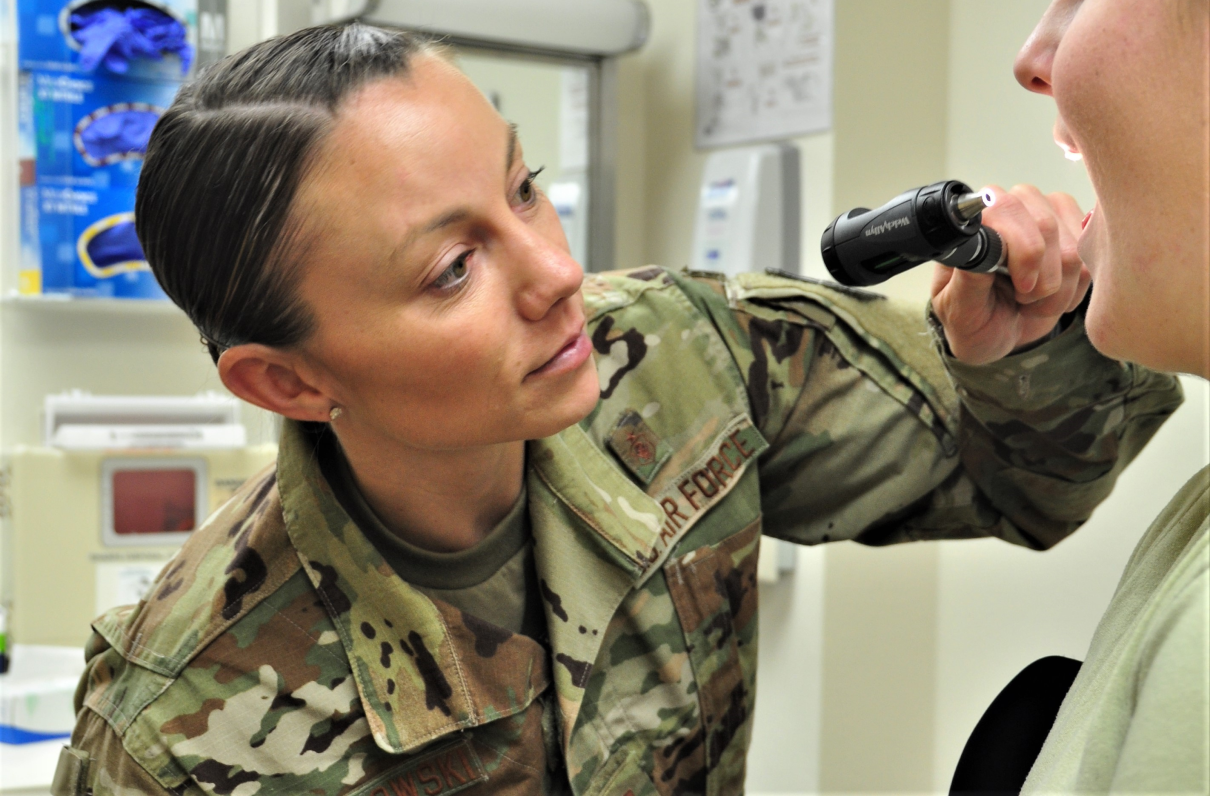Last week, the Department of Defense released the Section 703 report outlining proposed rightsizing and restructuring for 50 military treatment facilities. In a call preceding the release of the report, senior defense officials assured MOAA and other advocacy organizations there would be no immediate changes to MTF services — yet we’ve heard from numerous MOAA members who have recently been notified they can no longer be seen at their MTFs.
How is this possible?
After reviewing details from our member correspondence and consulting with the Defense Health Agency (DHA), it seems there are a few possible explanations:
Transition to TRICARE for Life
When a beneficiary turns 65 or otherwise becomes eligible for Medicare (due to disability or certain diseases), they must sign up for Medicare Parts A & B to retain TRICARE. Once enrolled in Medicare, they automatically receive TRICARE benefits under TRICARE for Life (TFL).
As a TFL beneficiary, they are no longer eligible for TRICARE Prime and are disenrolled from their MTF. Some MTFs offer TRICARE Plus to TFL beneficiaries. If available, you can enroll in TRICARE Plus at your MTF and it gives you access to MTF primary care on a space available basis with no copays.
If your MTF does not offer TRICARE Plus, you must get your care from civilian providers as a TFL beneficiary. Some of the members who have contacted us about losing access to their MTFs are experiencing this transition to TFL.
[RELATED: MOAA's Resources for TRICARE Over Age 65]
Existing Limits to MTF Capacity
Many MTFs already lack capacity to serve all Prime beneficiaries eligible for MTF care in their area. Priority for access goes to active-duty service members followed by active-duty family members enrolled in Prime. Since retirees and their families have lower priority access for MTF care, many are already receiving care in the TRICARE network and, as MTF capacity fluctuates, retirees are the beneficiaries most likely to be transitioned to civilian care.
Across a direct care system serving about 3.4 million servicemembers, retirees and their families, at any given time there are likely a fair number of beneficiaries moving from direct to purchased care or vice versa based on changes to MTF capacity.
Previous MTF Downsizing/Closure Decisions
In some cases, DHA or the services had already made plans to close or downsize particular MTFs for reasons unrelated to Military Health System Reform and the Section 703 report on restructuring the direct care system.
Some of these changes have already occurred or are currently underway. Some beneficiaries being moved to civilian care related to these decisions.
Tell Us About It
MOAA is committed to ensuring beneficiaries have access to high quality care. Have you experienced problems accessing medical care after being transitioned from your MTF to the TRICARE civilian network? If so, please contact us at legis@moaa.org to share your story.
Please share your location, your former MTF name, the type of providers you can’t find (for example, primary care, cardiology, dermatology, etc.) and specifics about the problems you’ve faced (e.g., inaccurate provider directory, providers not taking new patients, providers not accepting TRICARE, long wait times for new patient appointments, etc.)
Due to the volume of correspondence we are receiving on this issue, we may not be able to respond to you directly, but please be assured the feedback you provide is essential to MOAA’s advocacy work and it is much appreciated. Thank you in advance for your assistance!



